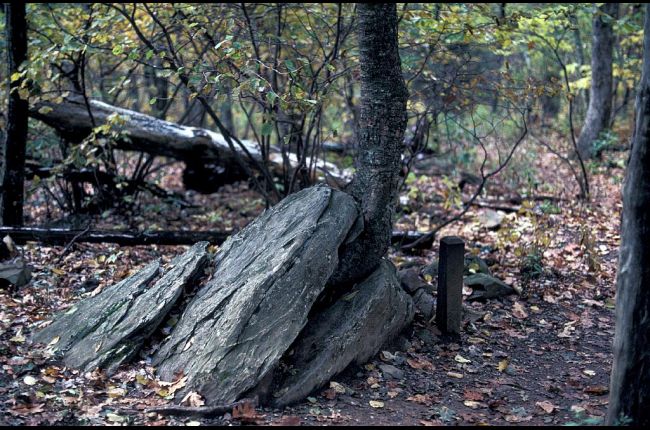
Sometimes called mechanical weathering, physical weathering is the process that breaks rocks apart without changing their chemical composition. These examples illustrate physical weathering:
Swiftly moving water
Rapidly moving water can lift, for short periods of time, rocks from the stream bottom. When these rocks drop, they collide with other rocks, breaking tiny pieces off.
Ice wedging
Ice wedging causes many rocks to break. This refers to the repeated freezing and melting of water within small crevices in the rock surface. This expansion and contraction is also a major cause of potholes in streets. Water seeps into cracks in the rocks, and, as the temperature drops below freezing, the water expands as ice in the cracks. The expansion exerts tremendous pressure on the surrounding rock and acts like a wedge, making cracks wider. After repeated freezing and thawing of water, the rock breaks apart.
Plant roots
Plant roots can grow in cracks. The pressure of a confined growing root can be substantial. These pressures make cracks in the rocks larger, and, as roots grow, they can break rocks apart.





